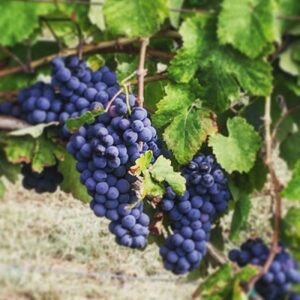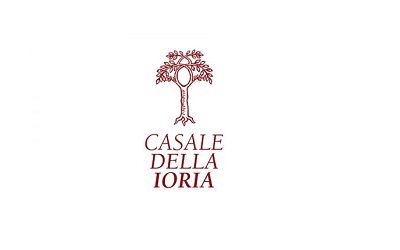If every region has its own grape variety, we can say that the red grape of Lazio is Cesanese, grown mainly southeast of Rome, in Ciociaria. What emerges is a wine with rustic charm.
Between Rome and Frosinone, there where the Ciociaria, we find the important Cesanese area, characterized by two Doc wines-Cesanese d’Affile and Cesanese di Olevano Romano-and the Docg Cesanese del Piglio. Red wines, sometimes sweet or sparkling that express themselves with notes often a bit rustic but impactful., sporting an old country charm that makes them unique and recognizable.  There are two main biotypes of the grape variety Cesanese
There are two main biotypes of the grape variety Cesanese
: that of Comune and that of Affile. As implied by the names themselves, Cesanese Comune is found in various places in Lazio, while the production of Cesanese di Affile is limited to the areas stipulated in the specifications of the Ciocian appellations.
According to ISTAT data, we have gone from a total vineyard area of about 2,747 hectares in 1970, to just under 500 today, of which about 240 are in the three denominations mentioned. We are therefore talking about minimum productions, but the negative trend of recent decades has stopped and a small comeback has begun. Recent history is in fact characterized by a positive development, the planting of new vineyards and the establishment of new farms that previously delivered grapes to the social winery.
We offer three Cesanese today, two that have the Piglio DOCG and one that has the Olevano Romano DOC. They are wines of excellent quality and are all on sale to the public at 12 euros. I produttori che abbiamo selezionato cono Marcella Giuliani e Casale della Ioria per il Cesanese del Piglio, mentre per il Cesanese di Olevano Romano abbiamo scelto Alberto Giacobbe.
Marcella Giuliani
Marcella Giuliani is a lady who strongly felt the “call of her roots” and dedicated herself to the farm that comes from a large latifundia owned by the family since 1870. Over the years, the business has focused mainly on tree crops (vineyards, olive groves) and related products, limiting the use of pesticides and fertilizers to organic certification.
House of Ioria
The vineyards of Paul Perinelli are located 400 meters above sea level, among woods and olive groves, in those areas where his grandfather already produced wine in the 1920s. Today it is Paolo who holds the farm ranks by carefully cultivating local varieties, primarily Cesanese to be exact, of which he is a great expert, but also Passerina and Olivella, the latter a local variety that lay forgotten among the hills of the area.
Alberto Giacobbe
Since its founding year in 1939, the winery has always delivered the grapes produced to the social winery, retaining a small amount for itself to make wine for its own consumption and a very small bulk sale of “Olevano.” In 2008 Alberto Giacobbe takes over the entire winery and decides to vinify the grapes produced and bottle the wine. The winery owns 15 hectares of vineyards between Paliano, Piglio and Olevano; straddling, therefore, the two appellations (Olevano and Piglio) and have always been run under organic regulations.







